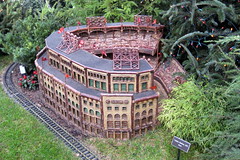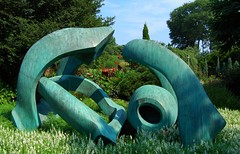
The National Botanical Garden of Cuba was founded in 1989 in the south part of Havana City with an extension of 600 hectares and which shows today around 4 thousand vegetable species. This Garden is part of the University of Havana, and its main goal is to promote the care of nature and the recognition of the vegetable world, especially, the autochthonous flora.
It has been organized in several restricted areas with certain characteristics: plains of Palm trees, pine forests, Eastern humid forests, wilderness, Mogote vegetation (mogote is a rock formation typical from Pinar del Rio), coastal scrublands; and a sample of the tropical flora from Asia, Africa, The Americas and The Antilles, Australia and Oceania, and other specialized collections (Palmetum, Archaic Forest, the Ekman Collection and the Collection of Economical Plants). Outside those areas, the visitor can enjoy a collection of ornamental aquatic and land plants, including a section dedicated to plants with trunks especially designed by nature to store water.
One of the main attractions of this institution is the Japanese Garden inaugurated in 1989, a work by the Japanese landscape architect Yoshikuni Araki. Located
[more..]



